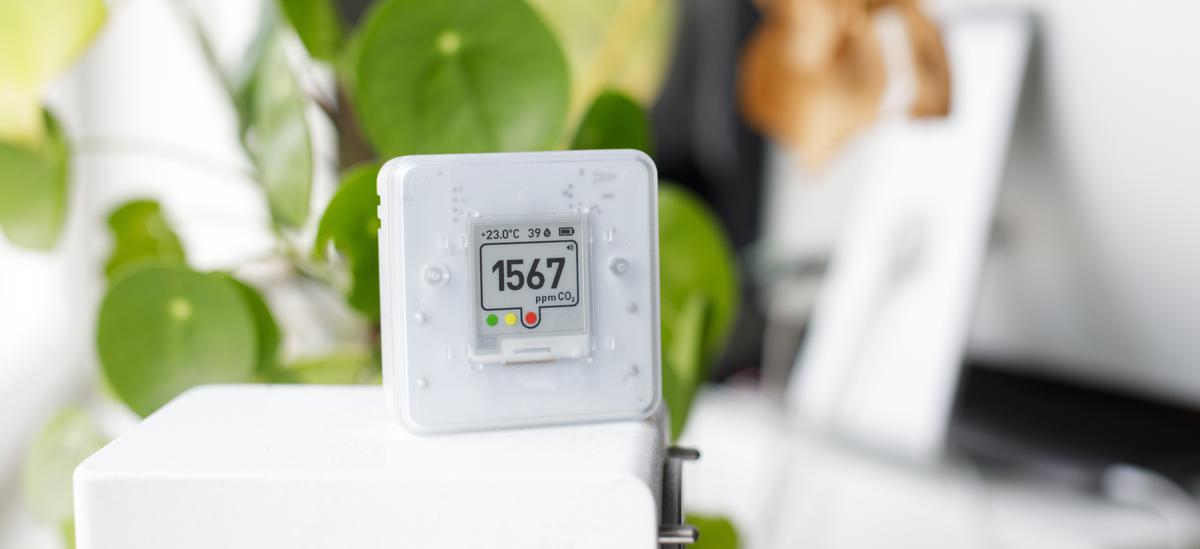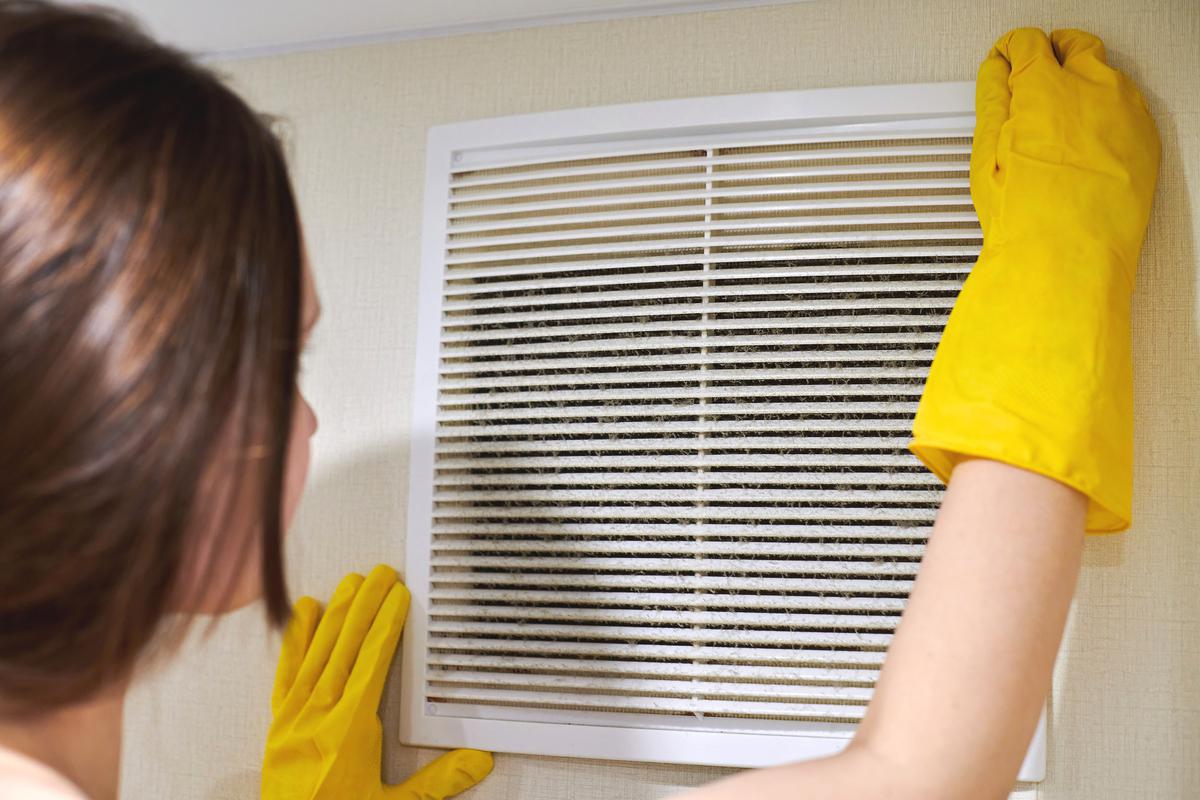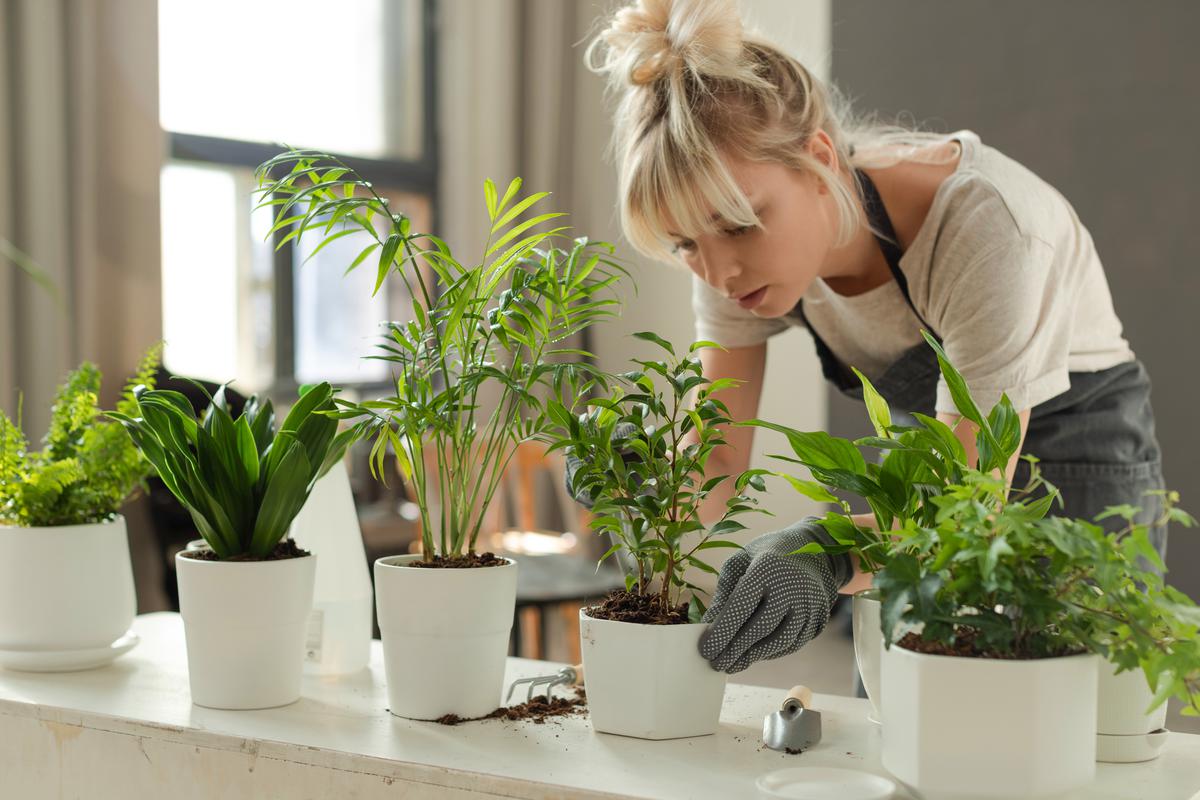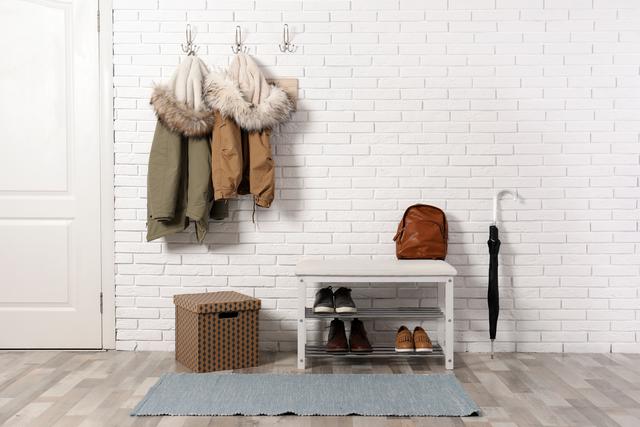Every day, we breathe roughly 11,000 liters of air into our lungs, most of which is indoors. It's crucial to our health that this air is clean, but unfortunately, indoor air quality often gets neglected. In fact, according to the Environmental Protection Agency (EPA), the air inside our homes, schools, and offices can be two to five times more polluted than outdoor air. In the quest for healthier living, it's high time we brought the air we breathe indoors into focus.
The Hidden Dangers Inside Your Home
We often picture air pollution as smoggy city skies and exhaust-filled streets. However, air quality threats are closer than you might think — right inside our homes. Everyday items like cleaning products, air fresheners, candles, and even our furniture can emit volatile organic compounds (VOCs).
These are small particles that linger in the air and, when inhaled, can lead to a range of health problems, from eye irritation and headaches to more serious conditions like asthma and other respiratory diseases. Other sources of indoor pollution include dust mites, different types of mold, pet dander, and pollen, which can further exacerbate health issues, particularly allergies.









comments